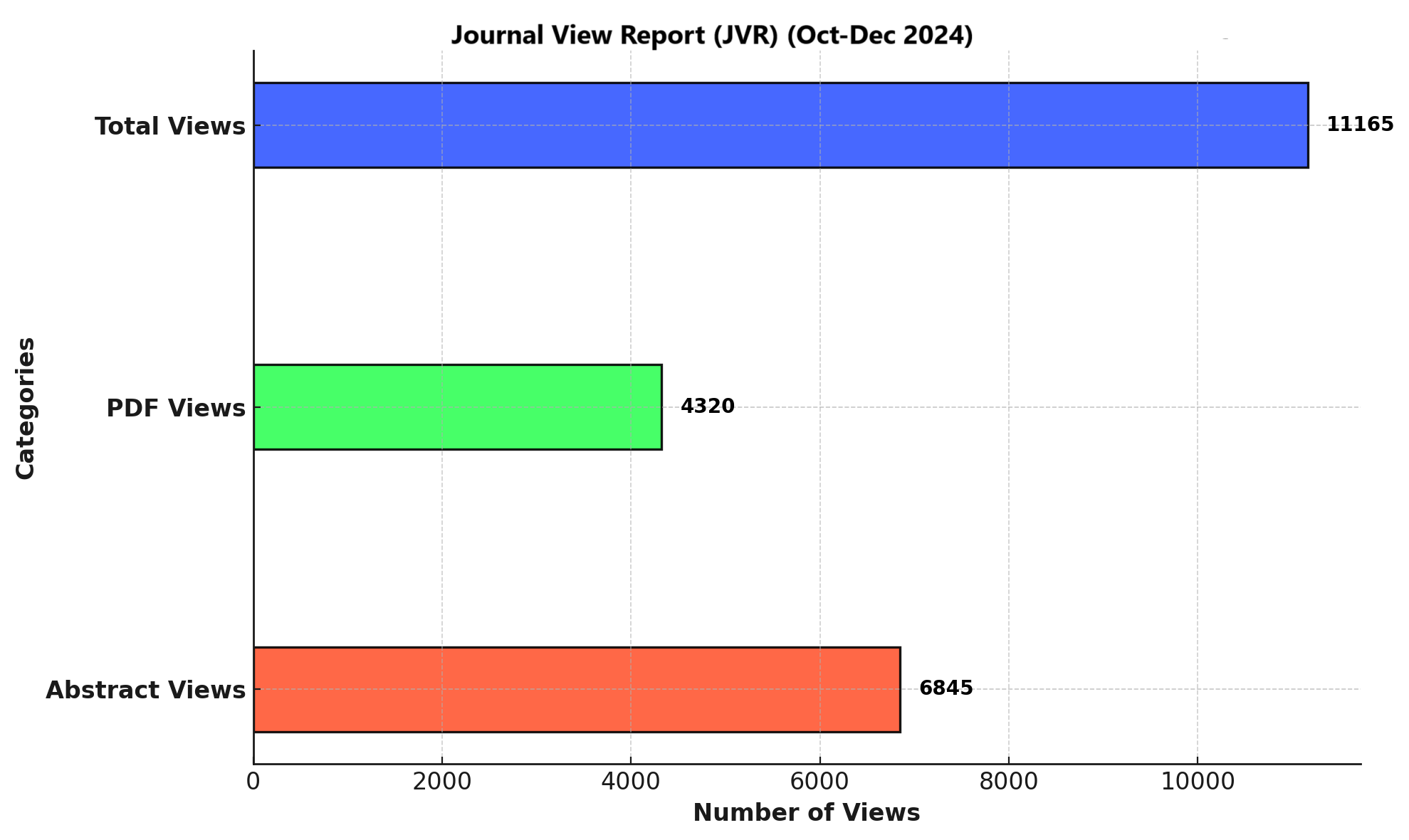PREVELANCE OF CERVICOGENIC HEADACHE AND ITS ASSOCIATION WITH POSTURAL STABILITY AND QUALITY OF LIFE AMONG GRAPHIC DESIGNERS
DOI:
https://doi.org/10.71000/n0e2jz96Keywords:
Cervicogenic Headache, Ergonomics, Graphic Design, Musculoskeletal Pain, Postural Balance, Quality of Life, Work-Related DisordersAbstract
Background: Cervicogenic headache (CGH) is a secondary headache disorder originating from dysfunction in the cervical spine, particularly involving the upper cervical nerves (C1–C3). It is typically characterized by unilateral pain that radiates to the head and is often aggravated by sustained neck postures or movements. CGH commonly affects individuals exposed to prolonged static postures, such as those working with computers for extended durations. Postural strain, muscle imbalance, and ergonomic deficits play key roles in its development.
Objective: To determine the prevalence of cervicogenic headache and its association with postural stability and quality of life among graphic designers.
Methods: A cross-sectional study was conducted among 187 graphic designers aged 20–45 years who used computers for a minimum of six hours daily. Participants were selected based on inclusion and exclusion criteria through non-probability convenience sampling. Data collection tools included the Flexion Rotation Test (FRT), Tandem Stance Test, Numeric Pain Rating Scale (NPRS), SF-12 Health Survey, and a self-prepared ergonomic questionnaire. Ethical approval was obtained, and informed consent was secured. Data were analyzed using SPSS version 29.0, applying descriptive and inferential statistics, including chi-square tests.
Results: Out of 187 participants, 127 (67.92%) tested positive for cervicogenic headache using the FRT. Pain around one eye was reported by 32.62%, and 24.60% experienced pain at the back of the head. The mean NPRS score was 4.86±2.01. SF-12 scores revealed that 28.88% had below-average quality of life, while 71.12% had better health scores. A statistically significant association was found between CGH and quality of life (p < 0.05), while no significant association was observed between CGH and postural stability, with only 16.04% showing positive tandem test results.
Conclusion: Cervicogenic headache was prevalent among graphic designers, largely influenced by poor posture and prolonged screen exposure. It significantly affected quality of life but showed no meaningful association with postural stability measures.
Downloads
Published
Issue
Section
License
Copyright (c) 2024 Nida Shahzad, Faizan Ahmad, Neelam Javed, Dania Junaid, M Behzad Ali, Sana Muneeb (Author)

This work is licensed under a Creative Commons Attribution-NonCommercial-NoDerivatives 4.0 International License.







